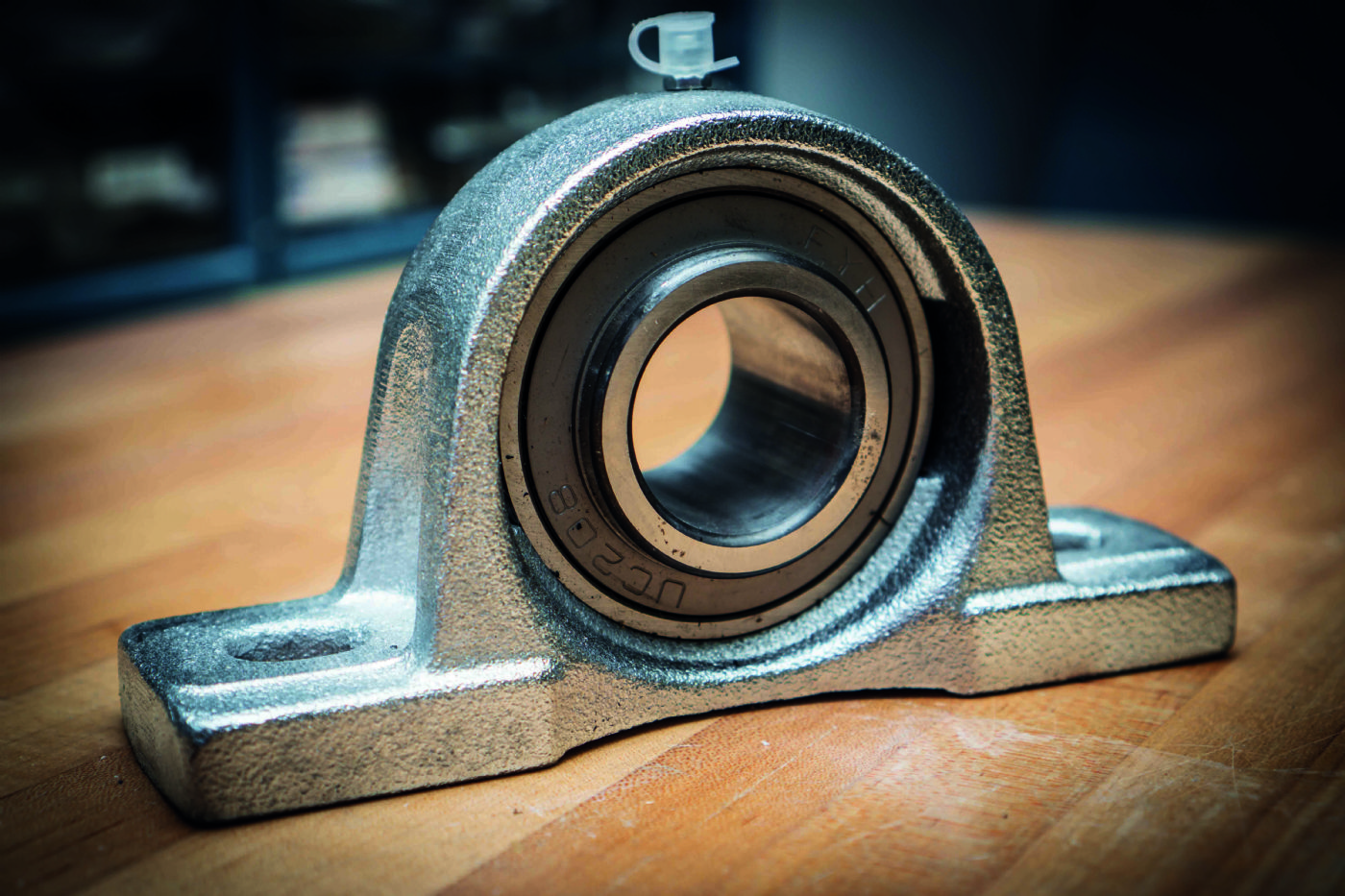Sufficient amount of oil should enter the bearing in order to form a hydrodynamic oil layer with the bearing operation parameters (such as speed, lead, oil viscosity, bearing width, bearing diameter, etc.) that are sufficient to carry the bearing load between journal and bearing surface in radial journal bearings. The amount of oil spilling from the edges of the bearing is as important as the amount of oil that first enters the bearing.
After the oil film layer is fully formed, which means the flow through the bearing is equal to the amount of oil leaking at the edges of the bearing when it has become a regime, it is thought that the peripheral length of the oil layer has reached the peripheral length stipulated by the lubrication theory. Some part of the oil supplied to the bearing moves in the direction of rotation on the bearing surface with the rotating shaft, while some part of it flows out from the edges of the bearing and leaves the bearing surface. This amount of oil leaking from the bearing edges is important for controlling the temperature rather than the load carrying capacity of the bearing. The more oil flows from the edges of the bearing, the faster the bearing cools down and the better the temperature is kept under control. If the amount of oil moving with the rotating shaft decreases and if there is too much oil leakage at the edges of the bearing, the load carrying capacity of the oil film will decrease due to the declining peripheral length of hydrodynamic pressure. Moreover, the oil film pressure distribution around the bearing will change its form. As a result, the load carrying capacity will get lower, minimum oil film thickness of the oil layer will decrease, and the bearing temperature will increase. The metallic contact risk will increase on journal-bearing surfaces because temperature increase will cause a negative decrease in viscosity.
Oil leaks at the edges of the bearing cause an increase in friction coefficient. If the flow rate of the oil supplied to the bearing is designated too high, it will make a positive impact on the cooling of the bearing although it may not directly affect the load carrying capacity. The required flow rate can be calculated using the practical formulas, charts, tables or computer programs that are available in the lubrication literature. (to be continued)
(References: Tevrüz, T., Makine Elemanları ve Konstrüksiyon Örnekleri, Vol. 2, Çağlayan Bookstore, Akkurt, M., Makine Elemanları Vol. 1, Birsen Printing House, Kurbanoğlu, C., Makina Elemanları, Teori, Konstrüksiyon ve Problemler, Nobel Printing House, Durak, E., Industrial Lubrication Techniques Lecture Notes, Gemalmayan, N., https://websitem.gazi.edu.tr/site/nihatgem/files).













